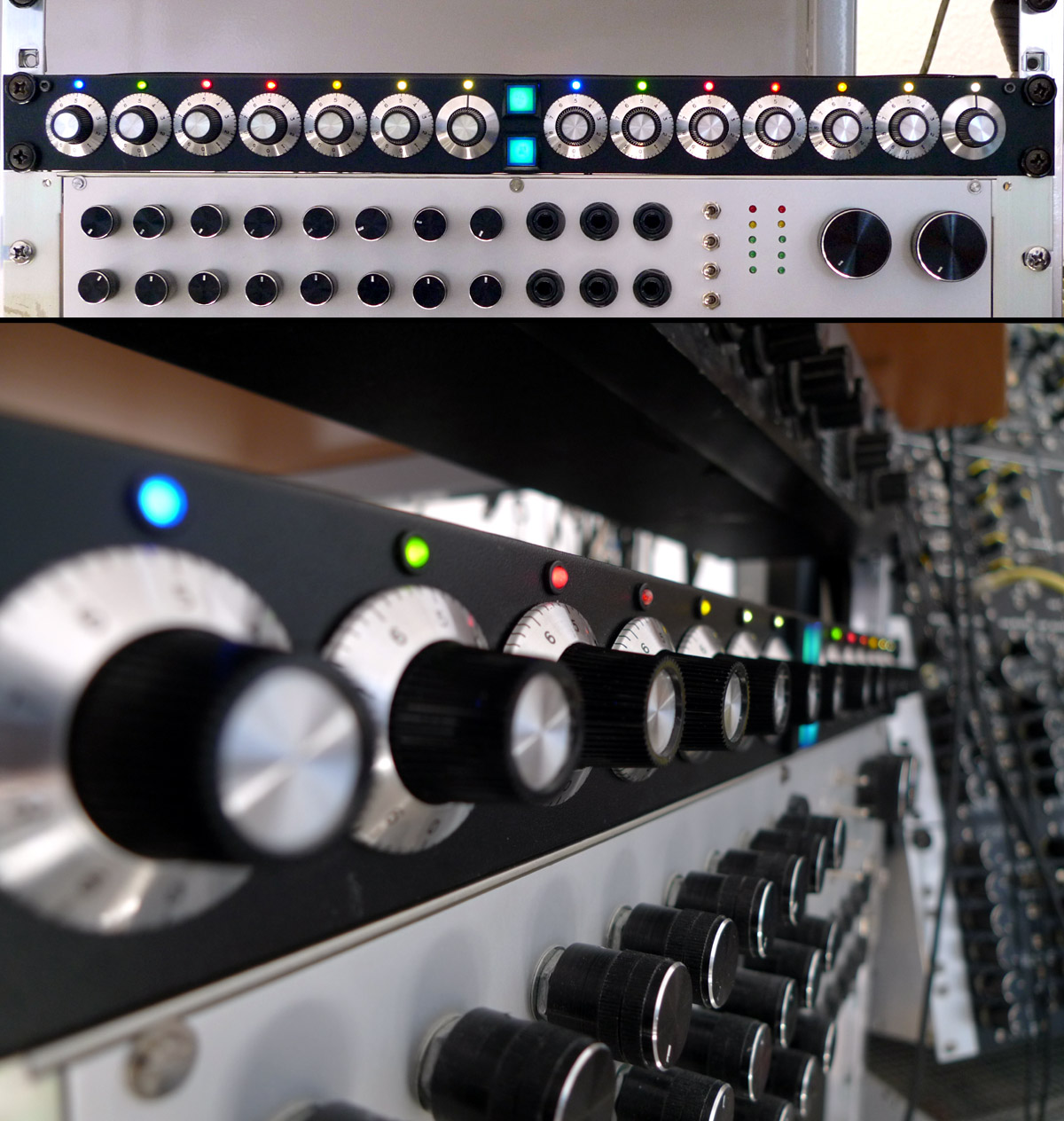earthsled
Well-known member
Many thanks to khstudio, harpo, peterc, and everyone else who has contributed here!
I wonder if anyone is still keeping up with this 5-year-old post???
Okay - here goes -- I'm currently working on a two-layer PCB version of the EQ3D for a rackmount unit (non-500-series).
I've decided to include the clipping circuit on my PCB, and because of this, I've run into a few snags that I was hoping to get some help with...
1. What's the value of C200 and is it necessary? It's not on the schematic, but it appears to connect between pins 5 and 8 of U6... http://www.twin-x.com/groupdiy/albums/userpics/U-4-5-6.JPG Judging by the color, I would guess that it's the same value as C13 (22pF) -- can anyone verify this?
2. How many watts is R202? This resistor appears much larger than the surface-mount units, but it's difficult to tell if it's more than a 1/4W... http://www.twin-x.com/groupdiy/albums/userpics/Switch___Led.JPG
3. How many volts is C201? I'm assuming 25V or 35V - but the clipping circuit was omitted from the Nite PCB BOM - so, I just wanted to double check.
4. This is question about DC power (rather than the clipping circuit) -- The Nite PCB appears to split the +/-18V DC into 2 sets of rails -- one set powers U1, U2, U3 and the other powers U4, U5, U6. I'm wondering if there is an advantage to this setup versus having all ICs linked to a single +/-18V rail.
Thanks in advance for your help!
I wonder if anyone is still keeping up with this 5-year-old post???
Okay - here goes -- I'm currently working on a two-layer PCB version of the EQ3D for a rackmount unit (non-500-series).
I've decided to include the clipping circuit on my PCB, and because of this, I've run into a few snags that I was hoping to get some help with...
1. What's the value of C200 and is it necessary? It's not on the schematic, but it appears to connect between pins 5 and 8 of U6... http://www.twin-x.com/groupdiy/albums/userpics/U-4-5-6.JPG Judging by the color, I would guess that it's the same value as C13 (22pF) -- can anyone verify this?
2. How many watts is R202? This resistor appears much larger than the surface-mount units, but it's difficult to tell if it's more than a 1/4W... http://www.twin-x.com/groupdiy/albums/userpics/Switch___Led.JPG
3. How many volts is C201? I'm assuming 25V or 35V - but the clipping circuit was omitted from the Nite PCB BOM - so, I just wanted to double check.
4. This is question about DC power (rather than the clipping circuit) -- The Nite PCB appears to split the +/-18V DC into 2 sets of rails -- one set powers U1, U2, U3 and the other powers U4, U5, U6. I'm wondering if there is an advantage to this setup versus having all ICs linked to a single +/-18V rail.
Thanks in advance for your help!
















![Soldering Iron Kit, 120W LED Digital Advanced Solder Iron Soldering Gun kit, 110V Welding Tools, Smart Temperature Control [356℉-932℉], Extra 5pcs Tips, Auto Sleep, Temp Calibration, Orange](https://m.media-amazon.com/images/I/51sFKu9SdeL._SL500_.jpg)


















